Causes of Part Bonding and Gate Adhesion
DATE:2025-10-31 HITS:211
I. Causes of Part Bonding
-
Material and Surface Treatment Defects
Adhesive strength heavily relies on the interaction between the adhesive and the substrate surface. If the part surface contains oil, rust, or chemical residues, it can hinder adhesive penetration and molecular adsorption, reducing mechanical anchoring forces. For example, in automotive repairs, steel parts require chemical treatment with sodium silicate solution or hydrochloric acid to remove oxide layers; otherwise, bonding strength significantly decreases. Additionally, insufficient surface roughness reduces the contact area between the adhesive and the base material, weakening mechanical interlocking.
-
Process Parameter Miscontrol
Adhesive formulation, curing temperature, and pressure are critical process parameters. Excessive borax in adhesives can reduce viscosity and dynamic solid content, leading to bonding failure. Mismatched curing temperatures (e.g., excessive line speed preventing full gelatinization) or condensation issues caused by malfunctioning steam valves can disrupt chemical bond formation at the bonding interface. For instance, in corrugated board production, improper gap settings in the glue applicator rollers or mismatched gaps between the single-facer glue roller and corrugating roller can result in uneven adhesive distribution.
-
Equipment and Mold Conditions
Equipment wear or design flaws exacerbate bonding issues. Improper interference fits between tractor bearing shells and seat bores (excessive fit causing deformation, insufficient fit leading to looseness) can destroy lubricating oil films, causing bearing shells to seize with journals. In injection molding, rough mold cavity surfaces, excessive gaps in inserts, or insufficient mold rigidity can lead to part sticking or ejection difficulties. For example, loose opening devices in three-plate molds may prevent runners from being pulled out of the sprue.
-
Environmental and Operational Factors
Static electricity, weather changes, and operational errors also contribute. In corrugated board production, static charges generated during hot plate operation can attract excessive adhesive. Failure to adjust adhesive formulation based on climate (e.g., maintaining gelatinization temperature) or irregular calibration of equipment gaps by operators can cause bonding failures. In injection molding, insufficient draft angles or poor parallelism between moving and fixed mold plates can directly result in part sticking.
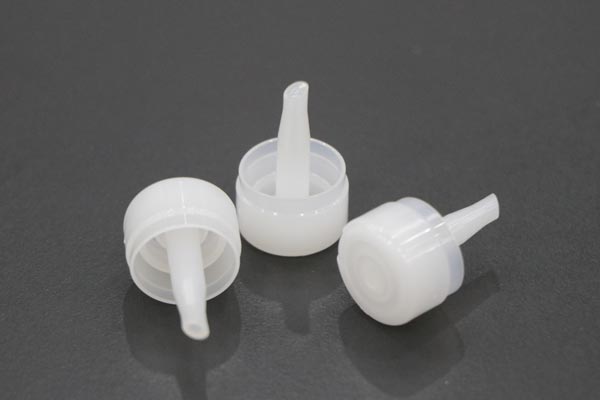
II. Causes of Gate Adhesion
-
Gate Design Defects
Gate angles, dimensions, and positions are critical factors affecting mold sticking. In aluminum die casting, excessive gating velocities (e.g., >55 m/s) increase alloy density, causing adhesion to cores or cavity walls. A straight-through gating design (e.g., 180° gate angle) intensifies alloy erosion on molds, leading to sticking. For example, an engine oil pan developed local sticking due to thick thermal sections at the oil filter installation area, which lacked embedded cooling designs and "U"-shaped circulating water cooling.
-
Mold Temperature Imbalance
Localized overheating in molds disrupts the interface reaction between molten metal and the mold. In aluminum die casting, thermal sections with degraded heat conductivity form aluminum-iron composite adhesion layers, damaging the dense surface layer of castings and causing gas leakage. Similarly, improper mold temperature control (e.g., excessive fixed mold temperature) or insufficient cooling time in injection molding prolongs part retention in cavities, increasing sticking risks.
-
Release Agent and Spraying Process Issues
Improper release agent selection or uneven spraying undermines mold lubrication. The lack of standardized release agents in die casting leads to inconsistent formulations, with some products failing to isolate molten metal from molds effectively. Automated spraying module design flaws or dead zones in mold interiors result in inadequate lubrication. For instance, robotic spraying may miss deep cavity areas, causing sticking.
-
Material-Process Parameter Conflicts
Mismatches between material properties and process parameters aggravate adhesion. In injection molding, excessive melt temperatures or injection pressures force molten material into mold insert gaps, forming flash. In die casting, overly high aluminum temperatures or prolonged holding times accelerate mold wear and sticking. For example, an ABS part developed sprue adhesion due to misalignment between the sprue bushing and nozzle spherical surfaces.
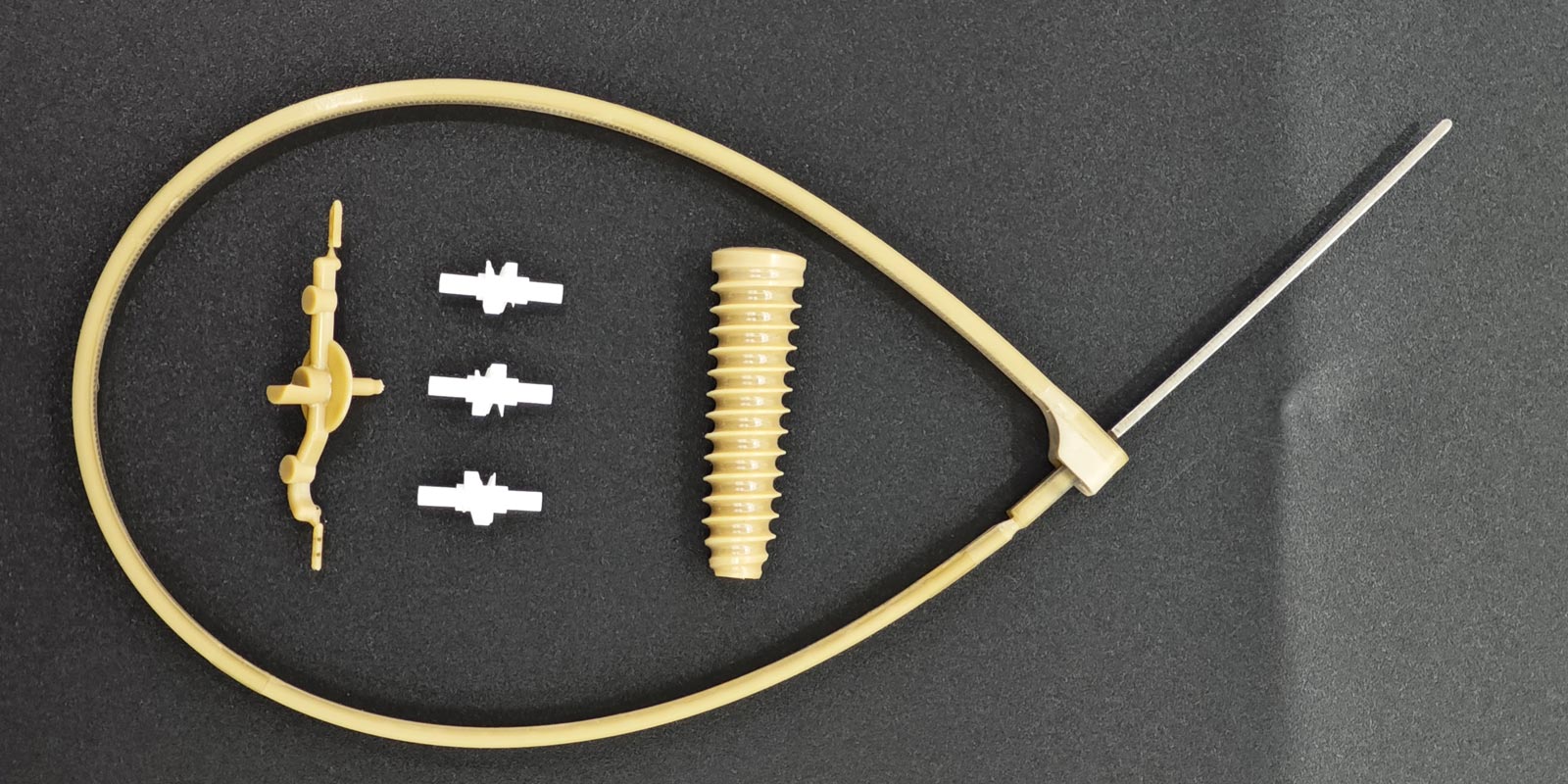

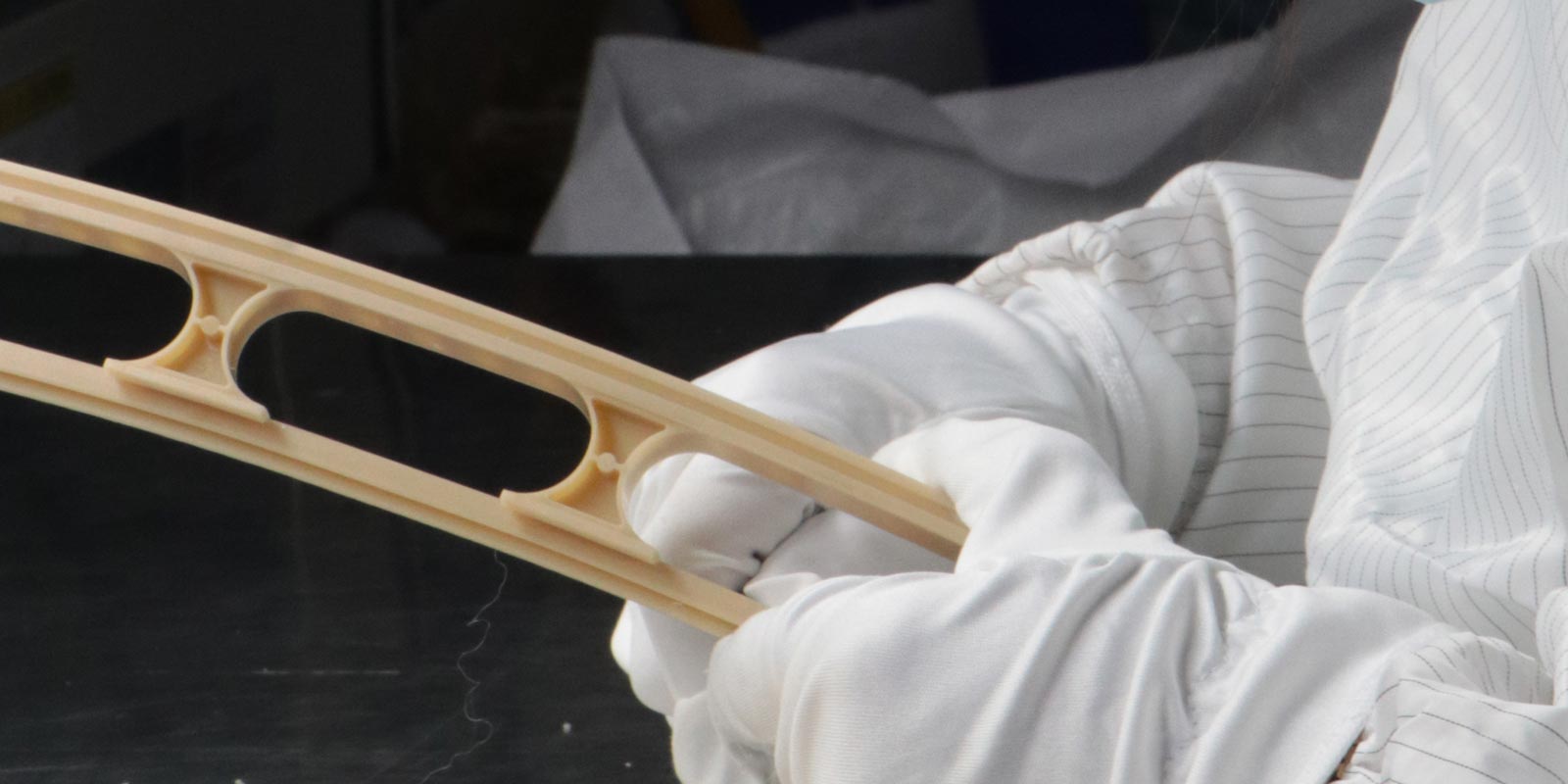
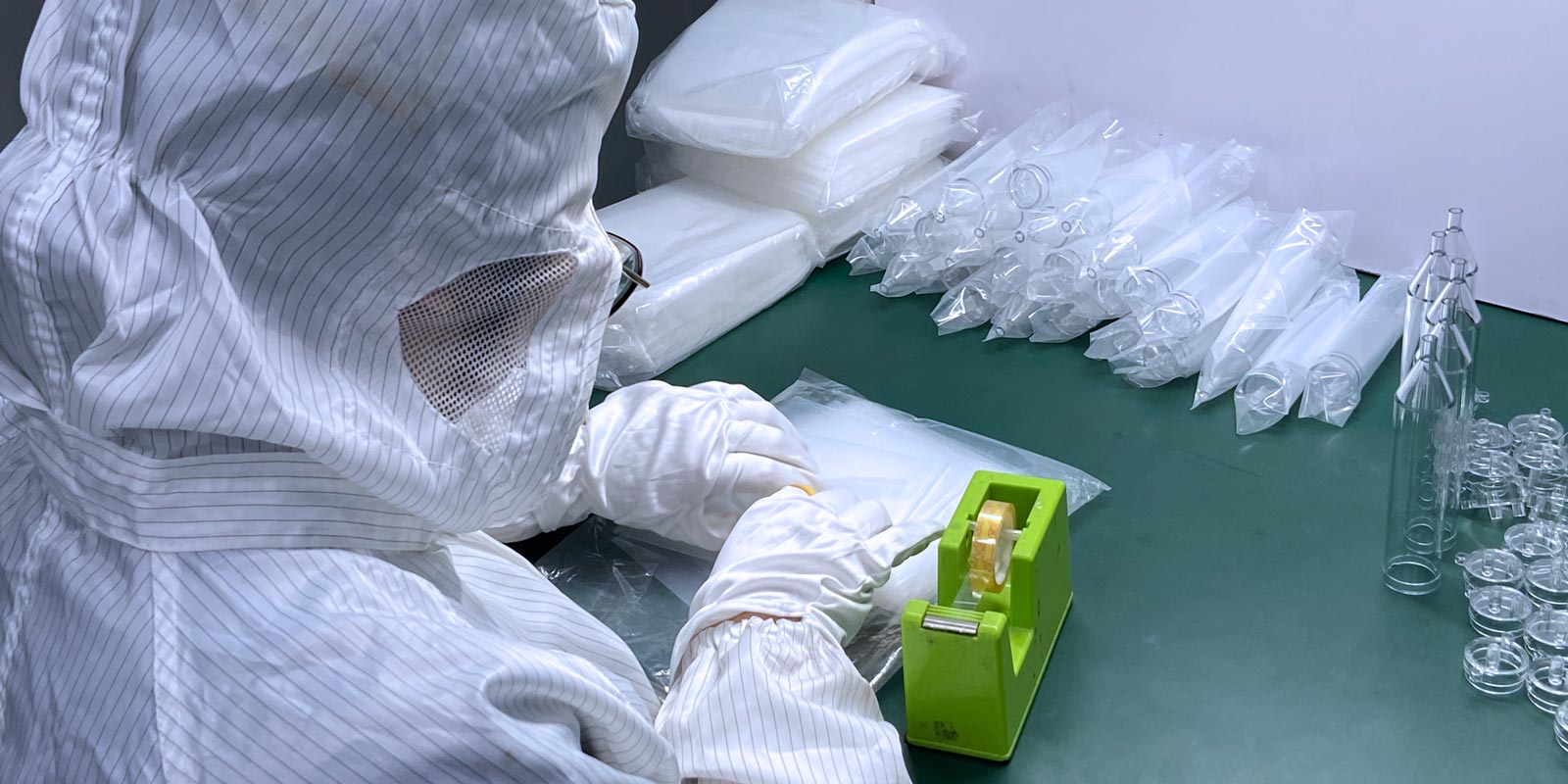
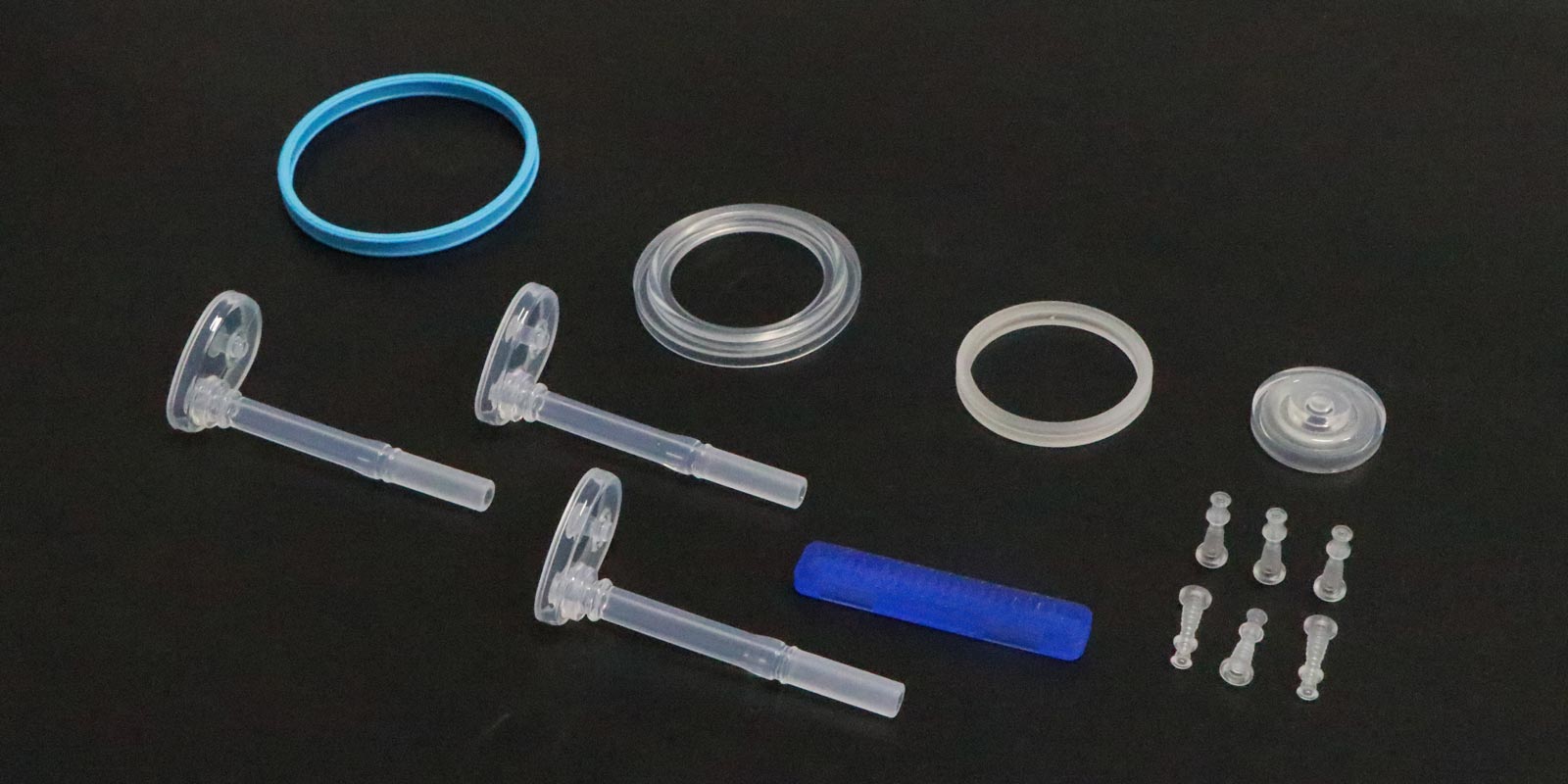











 Home
Home
